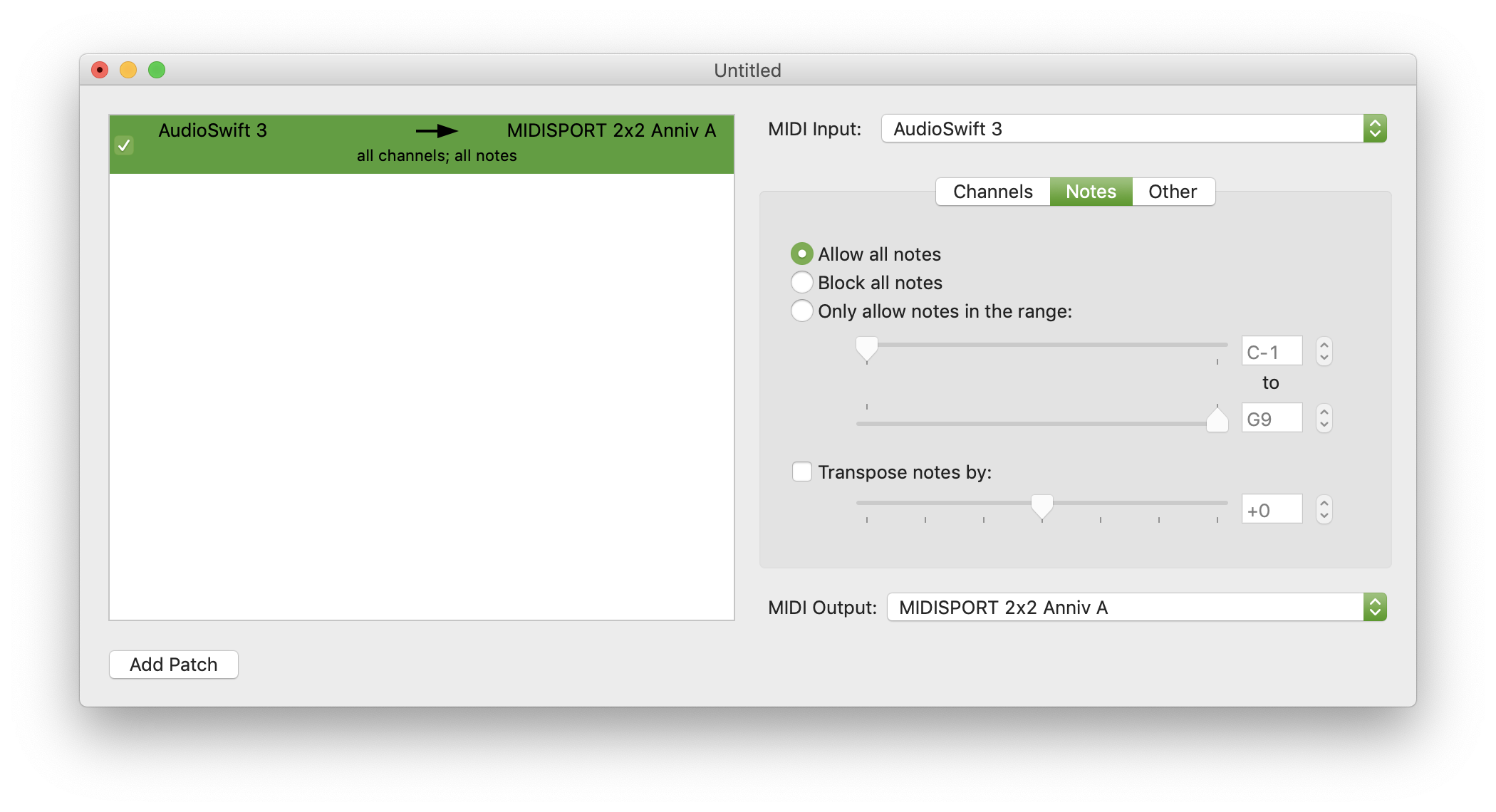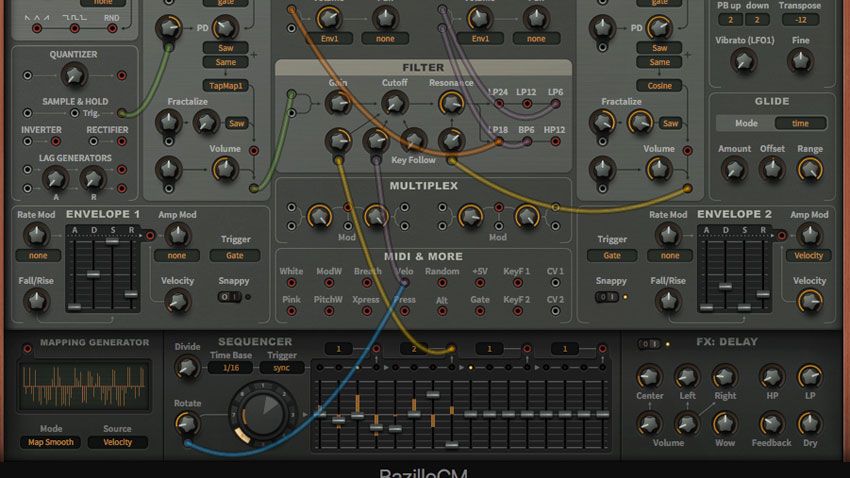

The professional Bantam (pictured) and larger B‑gauge plugs are rounded at the end, unlike the consumer TRS jacks most of us are now more familiar with. But this is not an absolute rule: if a situation requires a different arrangement just make sure it’s clearly identified so that everyone can see what’s going on. Usually, sources (equipment outputs) are presented along the top row, and destinations (equipment inputs) are on the bottom row. A complete studio installation might involve several separate patchbays, but each unit typically comprises two rows of sockets.
USING A MIDI PATCHBAY PATCH
You insert patch cables in sockets on the front, to route signals between the different devices you’ve connected at the rear. But a patchbay is actually really simple: it’s nothing more than a manual routing matrix. EssentialsĬhoosing and configuring a patchbay might seem daunting to anyone who’s not done it before, given the various physical formats and the notion that ‘normalling’ might be complicated.

I’ll also consider some of the possibilities and benefits of using them in a modern project studio. And they save you having to scrabble around in the dark, under a desk or at the back of a rack! In this article, I’ll take you through the essentials of planning and setting up a patchbay. They come into their own whenever there’s a disparity between the numbers of sources and destinations, and they’re also helpful when you want to establish a default signal path that you’ll only need to change from time to time. It’s understandable: many of us now don’t use mixing desks, we use a fraction of the outboard gear we once did, and audio interfaces can now offer enough connectivity that dedicating inputs and outputs to different hardware devices - so they can be accessed directly from your DAW - is possible for all of us.īut patchbays remain very useful. With so much of what we do today carried out ‘in the box’, the humble patchbay is growing rarer outside of professional studios. Even in today’s computer‑based studios, a patchbay can change your life.


 0 kommentar(er)
0 kommentar(er)
